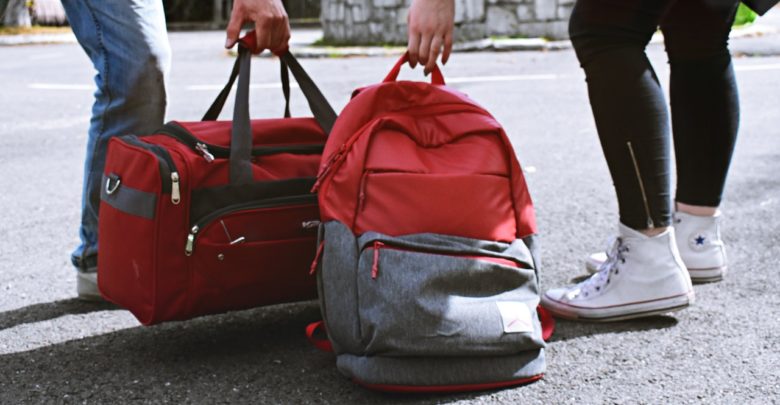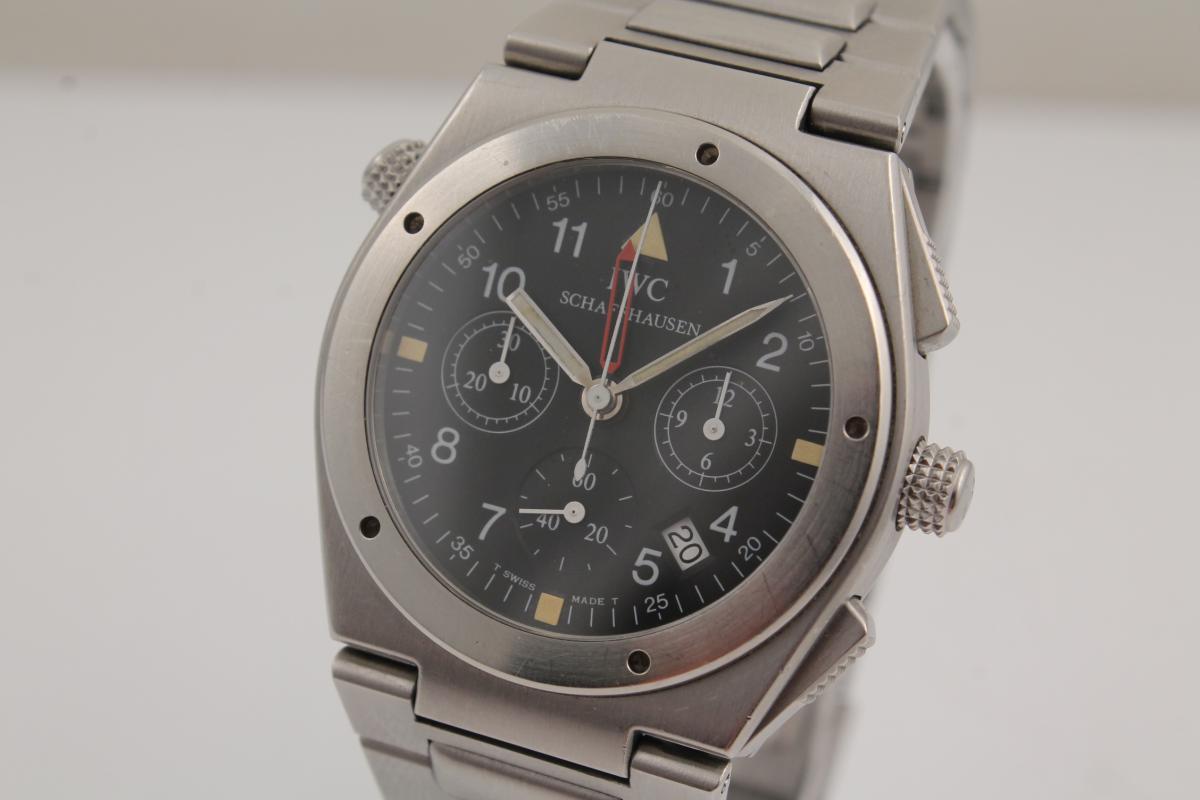
The backpack has been around for around nine decades with its first incarnations taking many different forms. In an article for the REI Co-Op, the first design discussed dates back to 1878 when Henry Merriam submitted a patent application for a bag strapped to the back of the wearer using a sheet of metal. The word backpack was first coined in the first decade of the 20th-century, but the packs we use today were nothing like those seen at this time in history. The backpack we know and love today can trace its roots back to Gerry Cunningham’s design with two zippered pockets to make certain of securing hiking and hunting equipment throughout a hike or climb. In the 21st-century, there are many different forms of the backpack to discuss which can be used in a variety of different settings.
- The basic daypack
The basic daypack is the most common design of backpack in the world with a focus on creating a bag capable of being used on a daily basis for school, work, and carrying sporting equipment. In terms of the general design of the basic daypack, the closure is usually a zipper covering a single opening at the top of the bag. The general size of the basic daypack is usually between 20 and 40 liters, but this is space held in the single central compartment without the only compartment usually divided into two by an elasticated divider in the center of the bag.
- The classic rucksack
One of the most confusing aspects of the design of the backpack has been what constitutes a rucksack and what is a backpack. One of the easiest ways of differentiating between the two is to classify the rucksack as having an opening covered by a flap and held in place by a strap or buckle. Unlike the daypack, the rucksack generally has a drawstring closure at the top which is secured with a flap. A number of pockets are usually seen around the body of the design with this form of backpack generally smaller in size than the traditional backpack. The size of the rucksack is usually limited to between 15 and 30 liters as it is used for hiking and carrying a small number of items or equipment.
- Climbing daypacks
The history of the backpack dates back to designs created for hiking and mountain climbing with these backpacks designed to allow easy access to much-needed equipment. The climbing daypack was designed with a large central compartment to hold different gear for various weather environments. These lightweight bags are designed with a series of loops around the body which are designed to hold specific items, such as a climbing helmet, ropes, and an ice ax.
- Cycling packs
The size and design of these backpacks can take many different forms depending on the amount of time the cyclist is expecting to be on the road or out in the mountains. Sizes generally range from 10 to 30 liters, with space usually included for rain gear and a change of clothing in the main compartment. A little like the design of the climbing daypack, cycling version has been designed with straps and loops to hold as many different items as possible. Perhaps the most needed strap is for the helmet of the cyclist and lights for night time riding. Unlike the basic daypack, the rear of the design contains ventilation openings to allow air to circulate through the body of the wearer.
- Anti Theft backpacks
One of the main design flaws of the backpack which companies like BrandMe have been trying to address is the possibility of theft when worn on the back. The recent design of the anti theft daypack brings many different features to these backpacks based on the design of the basic daypack. Unlike a basic daypack, the anti theft version includes hidden zippers and closures along with hidden zipper pullers. The issue of a backpack being cut open and the items held within stolen is addressed with the inclusion of fabrics which cannot be cut with a simple knife or blade. In the 21ts-century, protecting oneself from electronic data theft is vital to remaining safe and secure in the future, which is why many of these anti theft backpacks include technology for blocking access to devices held within.
- Overnight trekking backpacks
The history of the backpack is linked to hiking and climbing with these larger bags designed to allow the wearer to store all their required kit for staying safe on their trek and for remaining dry and warm overnight. The size of the average trekking backpack is between 45 and 60 liters, including the addition of a padded belt at the waist and extra padding at the shoulders because of the longer periods it will be worn for. In order to keep the wearer hydrated with ease, most backpacks include a hydration pocket with straw to allow liquids to be taken onboard throughout any hike.
- Hydration packs
These small, lightweight backpacks were initially designed for use by cyclists to allow them to carry more water during any long ride where water bottles would be too heavy. With a size of between three and ten liters, the ability to drink freely without having to stop riding a bike to refill water bottles on a frequent basis. Because of the success of the hydration pack, the hydration pack has become popular with hikers, tourists, and those who wish to stay hydrated in the most simple way.



